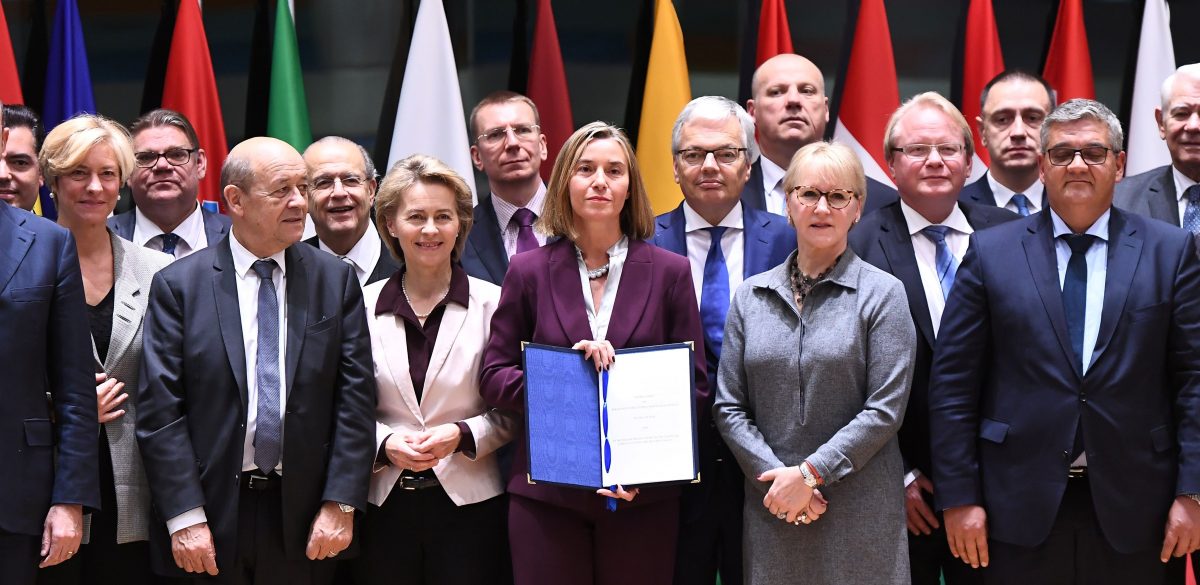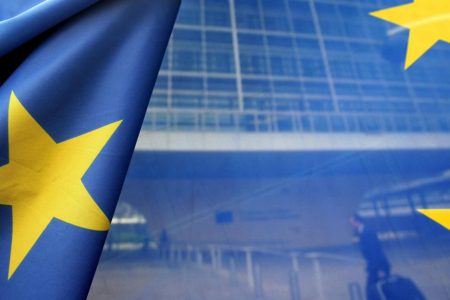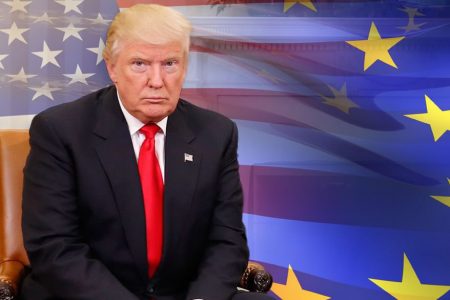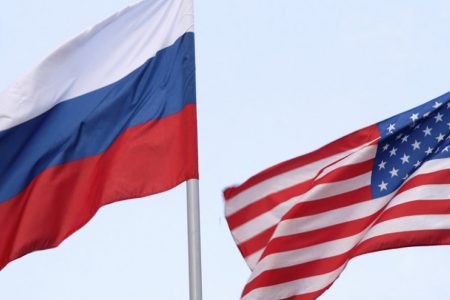“More has been achieved in the last ten months than in the last ten years”[1] in terms of European defence, says High Representative Federica Mogherini. This November’s Foreign Affairs Council surely did just that. On 13 November, 23 EU Member States took part in a historic moment for European defence when jointly signing a notification which officially awoke the “Sleeping Beauty of the Lisbon Treaty”, a name romantically chosen by Jean-Claude Juncker at the expense of the rigid Permanent Structured Cooperation.
For it, we can partially thank Mr. Putin, a tight majority of the British electorate and the American people’s choice to Make America Great Again. This shared sense of insecurity prompted Europe to take its fate into its own hands.
The current nature of European defence can be largely characterised as fragmented and highly protectionist, both industrially and politically. When it came to opening up defence markets, Member States invariably chose to protect domestic industry and jobs. However, the June 2016 EU Global Strategy has set the tone for key initiatives by the European Commission to create an incentive for Member States to pool resources and increase efficiency in defence planning and spending.
All these elements have generated the political dosage required to take the dust off the Lisbon Treaty. Laid out in the treaty’s provisions, PESCO was intended to foster deeper European integration, but it has so far been absent from the defence agenda mostly due to opposition by the UK. A political and technical project meant to decrease European fragmentation in defence, synchronise defence planning and pool member states’ resources, PESCO would complete the Common Security and Defence Policy (CSDP). Far from simple, PESCO is a sophisticated legal mechanism and institutional process on which an avant-garde of Member States will voluntarily embark, aiming towards strategic autonomy for the EU. However, the treaty does not define PESCO’s features nor does it set its ambitions and criteria.
Planning, pooling, decreasing and process are in the end non-quantitative words. They cannot answer when, how, how much and who just yet, even though these factors will essentially define PESCO. Nonetheless, with the right combination of ambition (France), inclusiveness (Germany), commitment (Member States) and funding (European Commission), PESCO has the potential to become the core of European defence by representing the main EU forces and the European pillar of NATO at the same time. Since the perceived political and social taboos intimidating European defence have been eliminated and the legal basis is being served on a silver platter, the EU is not letting this momentum slide. Given the Franco-German commitment to launch PESCO, the European Commission is seeking to make an offer that is difficult to refuse and tempting enough to set Member States’ defence protectionism aside.
Key initiatives that put a lot on the European Defence Agency’s metaphorical plate are the Common Annual Review on Defence (CARD), which assists Member States to synchronise and optimise national defence planning, and the European Defence Fund (EDF) which funds research and capability development projects. PESCO is the glue for successfully coordinating the two initiatives and coining new acronyms in the EU’s playbook. But what does all this mean for Europe’s allies? Indeed, signing the notification is an important formal acknowledgement, but one should not pop the champagne bottle just yet or at least not until we know the specific features of PESCO – which might in turn determine some Member States to postpone their club membership.
It might look like Europe is answering Donald Trump’s calls for balancing burden-sharing, but such ideas have been roaming around Brussels before the US election. However, he might have been just the dose of reality check that Europe needed to accelerate progress on its own defence agenda in addition to NATO and in building credibility as a security actor.
How does NATO feel about PESCO and what will the relationship look like? Certainly, complementarity and not duplication is pledged and arguably should be the overarching goal, but is this possible in the long-term? A question to which any answer is speculation at this point, but which must be kept in mind at all stages of designing PESCO.
Regardless, most European integration enthusiasts and transatlanticists would answer: yes. The argument goes that if Europe does not catch up on defence, it will further strain transatlantic relations. An ambitious PESCO would fill the gap by intervening where the US and NATO do not and could make the EU a more credible security actor. It would also strengthen EU-NATO cooperation and to facilitate advancement on the 7 areas agreed in Warsaw. It is important to note that funding for PESCO would be separate from the NATO 2% of GDP spending. Assisted by the European Defence Fund, PESCO Member states have to arrange a proportionate funding scheme for planning, capability gaps, armament programmes and other elements required for its capability goals.
Not everyone shares this optimism. NATO’s Eastern flank likes to capture the attention of US investments and the occasional diplomatic tap on the shoulder. Countries such as Poland, Czech Republic, Romania and Bulgaria, which are doing more and more on defence, fear a possible US disengagement. For them, NATO is the cornerstone of European defence and the only protector against an assertive Russia close to their borders. In short, US protection through NATO is more important and reliable than a potentially risky and costly European defence project.
In reality, EU-NATO complementarity can be achieved if the division of labour places crisis management and external security sector reform in the hands of the EU while leaving collective defence to NATO. The conundrum facing Member States might be appeased by a Franco-German compromise on the criteria and magnitude of PESCO. The difficulty in this task must not be underestimated. In times of rising national concerns and criticism for supranational rule, it will be immensely challenging to create a product that generates a common ground on differences in threat perceptions. Although some countries have more compatible strategic cultures than others, finding the right mix for (the soon) 27 threat perceptions is not an easy task. The European Commission says that “systematic defence cooperation and integration in turn requires a true single market for defence”[2]. Certainly, a laudable goal, but can the national and non-interoperable European defence sector efficiently (and profitably) manage such a market once US defence players get in the game? Will PESCO be able to develop a mechanism which allows third country participation? Would a tight cooperation mechanism between the European Defence Agency and NATO ease the mind of sceptical Member States and the US? What could this cooperation look like?
As relevant as these questions are for the feasibility and survival of PESCO past diplomatic reassurances, only time can answer them. PESCO is a reaction to the remodelling of the traditional world order which undermined existing security cooperation mechanisms. More light will be shed on some of these issues at the much-expected Foreign Affairs and European Councils in December. In order for PESCO to rise to its potential it requires a coherent, easy to rally behind vision, a true commitment and trust in the power of European integration, a political currency which is becoming more scarce.
[1] Foreword Federica Mogherini, From Shared Vision to Common Action: Implementing the EU Global Strategy Year 1, European Union publication, June 2017, p. 20.
[2] European Commission, Reflection Paper on the Future of European Defence, June 2017, p. 11.




